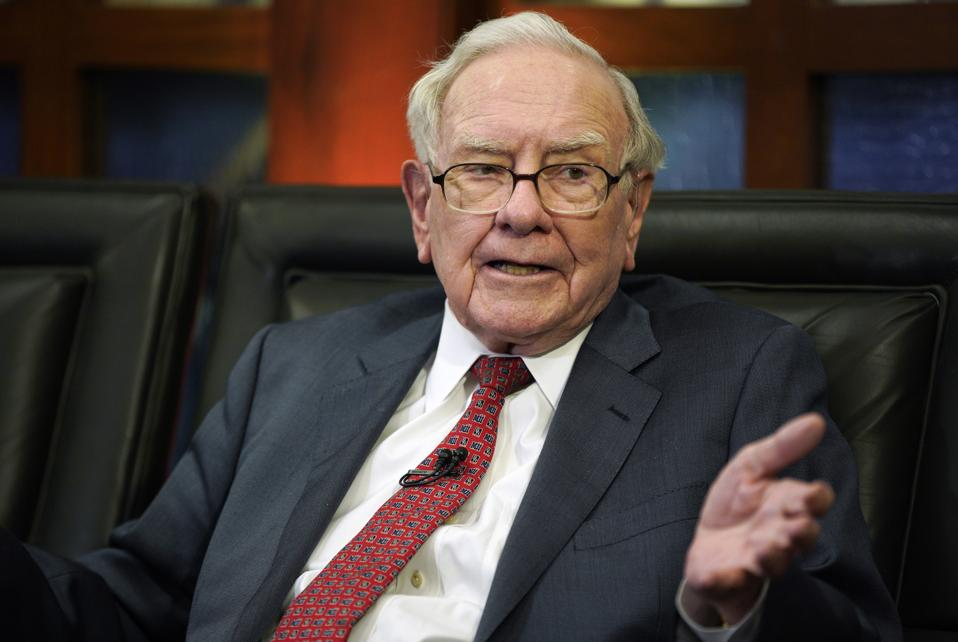Issue #68, Volume #2

How To Eliminate The Real Risk From Geopolitical Unrest
This is Porter’s Daily Journal, a free e-letter from Porter & Co. that provides unfiltered insights on markets, the economy, and life to help readers become better investors. It includes weekday editions and two weekend editions… and is free to all subscribers.
| Israel launched a full-scale attack on Iran… Oil likely to rise, but markets barely moved… The investment world wants you to panic and buy and sell during crises… Don’t just do something – sit there… Buy great companies and walk away… Gold’s a more favored safe haven than Treasuries… |
Last night, news broke that Israel had launched a full-scale attack on Iran’s nuclear facilities – hitting dozens of targets and killing a significant chunk of Iran’s military leaders, including the head of the elite Islamic Revolutionary Guard Corps.
In overnight futures trading, oil prices shot up by as much as 15% while the S&P 500 fell by nearly 2%. As of the first hour of normal trading this morning, the markets are reacting with relative calm. Oil futures have retreated from their overnight highs, currently trading 6% higher to around $72 per barrel for West Texas Intermediate, while the S&P 500 is down by less than 1%.
It’s too early to determine how the situation will evolve from here. However, we don’t believe this situation should cause investors to deviate from their long-term investing strategy. History and experience tell us that trying to trade around geopolitical events is typically a losing proposition.
The table below shows that major geopolitical events including the outbreak of wars, major terrorist attacks, and political assassinations have historically produced an average one-day dip of just 1.2% in the S&P 500. The total decline, on average, is just 5% with an average recovery time of 47 days:
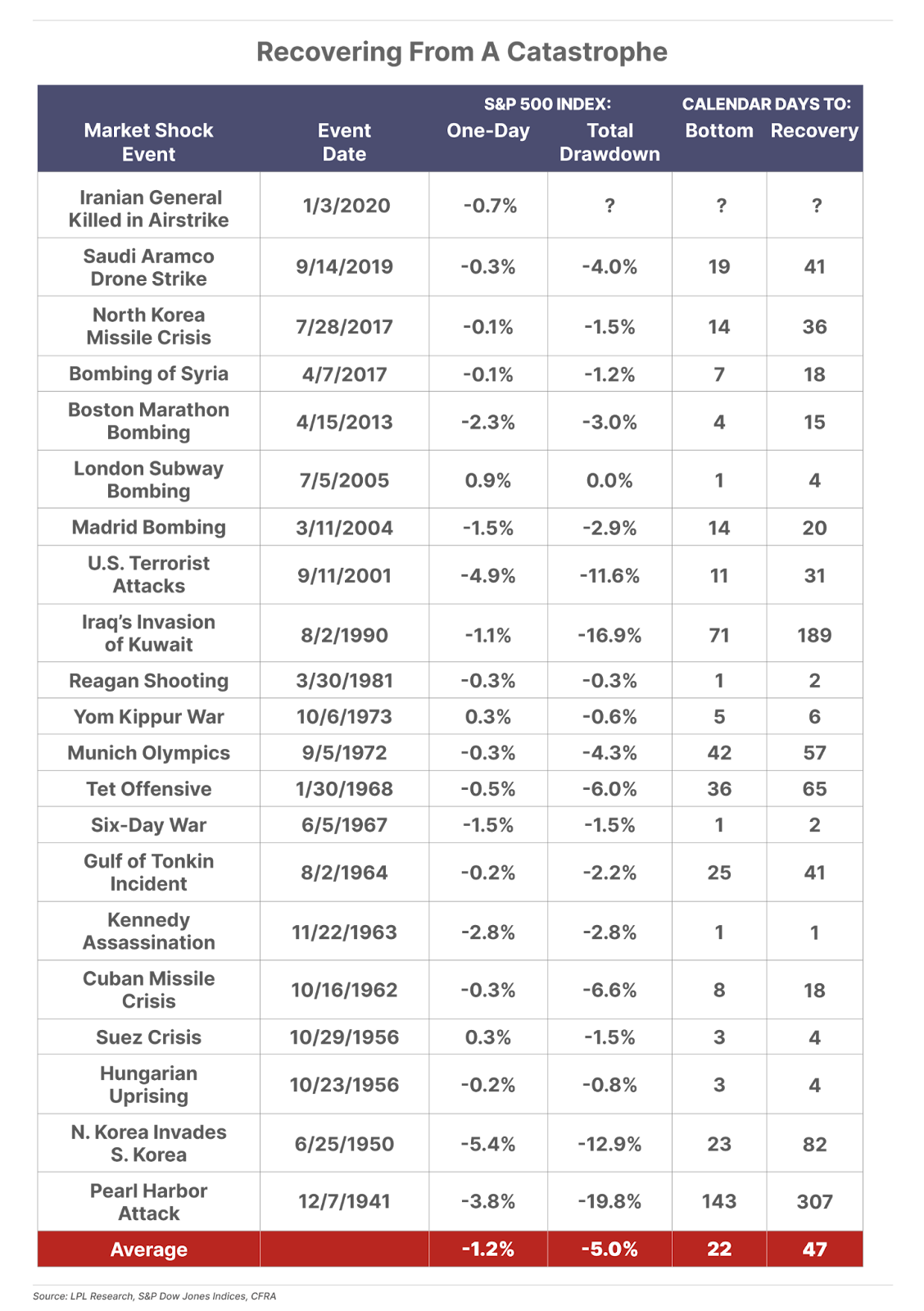
Don’t Just Do Something, Sit There
There’s a classic aphorism among great investors that says, “Don’t Just Do Something – Sit there!”
Of course, this goes against all of our natural tendencies. Our need to constantly “do something” in a crisis situation is baked into our DNA as a survival mechanism. During our hunter-gatherer past, when a roaming gang of hungry lions or thieving vagabonds approached our tribe, taking aggressive and immediate action saved your life.
And the financial industry thrives on exploiting these hardwired tendencies – the industry makes its money from your trading activity. Whether it’s in commissions and trading fees, or actively managed investment funds that lag the market. And those “free trades” from brokerages like Robinhood? Paid for by payment-for-order-flow schemes that allow hedge funds like Citadel to front-run retail traders each time they place a buy or sell order, to the tune of billions of dollars each year – money that ultimately comes from the pockets of Robinhood customers.
That’s why financial channels like CNBC have the active ticker tape rolling across the screen, and “experts” commenting on every squiggle up or down on stock price charts. It’s why brokerage firms sell their customers on the idea of “empowering the individual” to make around-the-clock trades, under the illusion that all of this activity will somehow put the odds in their favor, like this Interactive Brokers ad illustrates.
The Wall Street machine wants you chasing the headlines and constantly trading around the latest breaking news for the simple fact that it lines their pockets. And that money comes directly at the expense of your investment returns.
Financial research firm DALBAR has done some of the best work on showcasing just how much money investors leave on the table each year by over-trading their accounts. In an exhaustive study going back 30 years, the firm showed that individual investors as a whole dramatically underperformed the S&P 500 over every time frame analyzed:
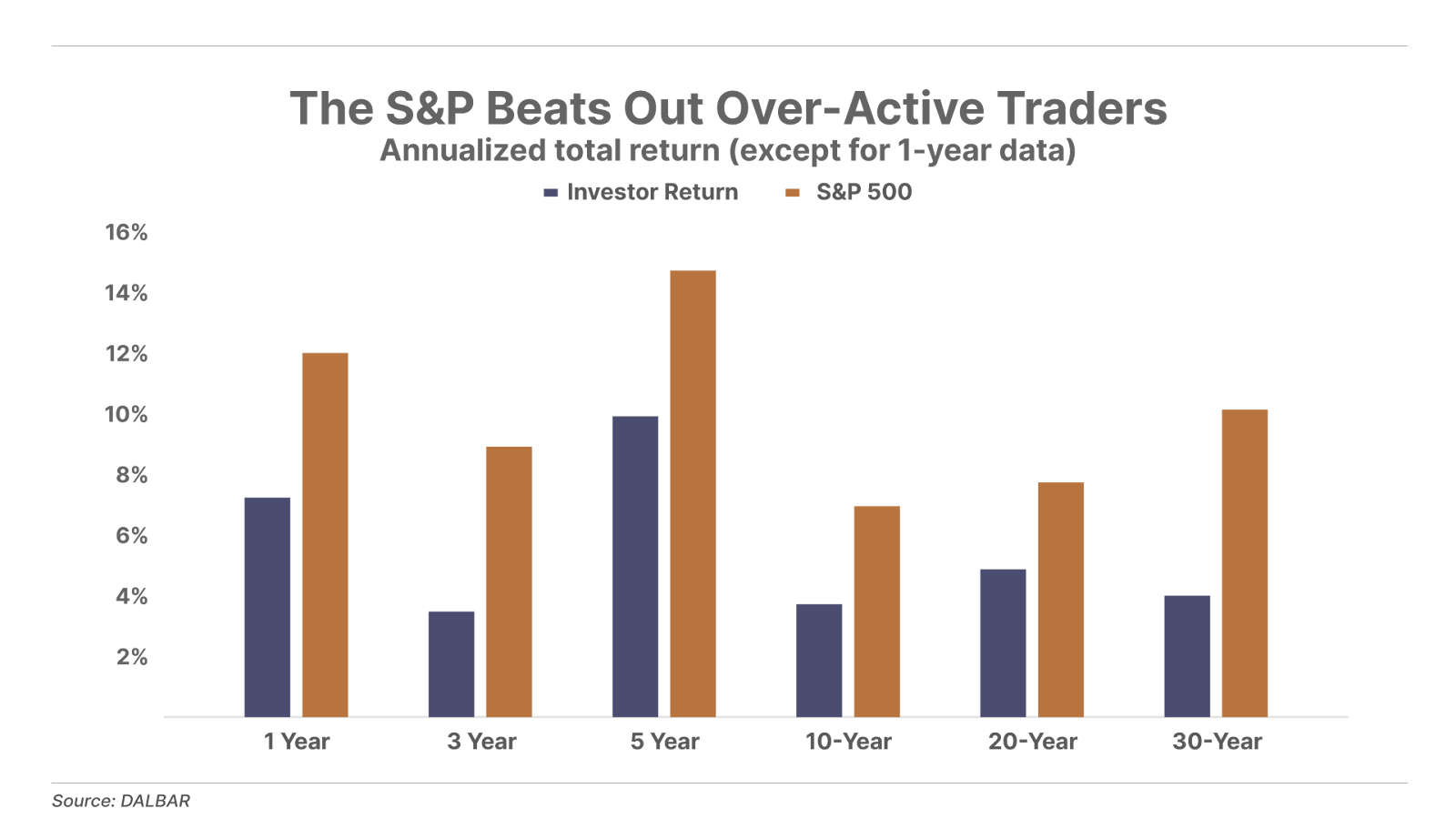
Over the full 30-year time horizon, the study showed that individual investors compounded their capital at just 4% per year versus the S&P 500’s 10% compounded return. For a $100,000 starting investment, that’s the difference between ending up with $325,000 or $1.7 million, or a $1.4 million mistake.
So, what’s our advice? Tune out the noise, and focus on the one thing that matters: buying world-class businesses and then doing nothing. Allow these businesses to do what they do best: quietly compound your capital over time. How to control your risk? Don’t overpay. Diversify into other defensive assets, like gold (up $50 per ounce today). And most importantly, know what you own and why you own it.
Instead of following the latest headlines about geopolitical events, we suggest spending that time learning more about the individual companies you own, their industries, and their competition. And if the fundamental reasons for owning these stocks changes – say a disruptive new technology threatens their business model, or management begins making poor strategic decisions – that’s a good reason to sell.
If a country gets invaded in the Middle East? Not so much. These events – as catastrophic or world-changing as they might seem in the moment – barely register as blips in the longer arc of financial history:
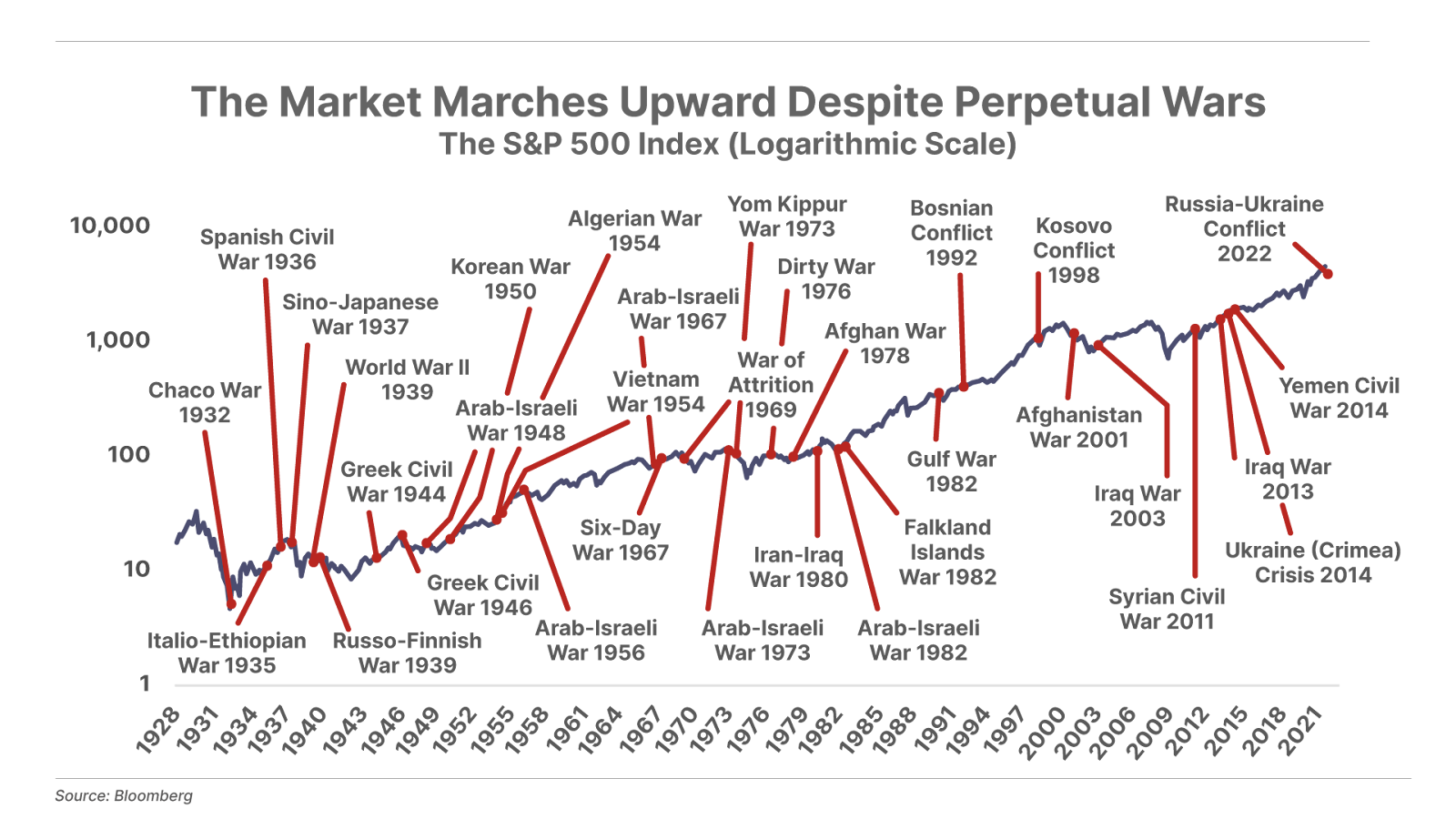
To be clear, we’re not against all forms of active trading – only reckless trading. We recently launched The Trading Club, which focuses on the small number of proven trading strategies that we have used in our own personal trading accounts to generate market-beating returns, while taking less risk. We funded a live $100,000 account to track every recommendation we make, so you can see it all – the wins, the losses, and every move we make along the way.
In just the first two weeks, we’ve racked up several winning positions up by 50% or more, with our live account up to $102,000 as of this afternoon.
If you’re interested in joining the waiting list for our next tranche of trades, click here.
Buffett’s Quiet Gold Move Could Go Public By August 15
A bombshell announcement is just weeks away – and it could send shockwaves through the gold market. Most investors are still asleep… but not for long. Garrett Goggin’s latest research reveals how you can “front-run” the greatest investor alive by positioning in four small miners sitting on up to 100x potential upside. When this hits the news – it’ll be too late.
Click here to discover how you could front-run Buffett’s gold move with Garrett’s Top Four picks.
Three Things To Know Before We Go…
1. Oil prices surge following Israel’s attack on Iran. Oil prices jumped as much as 14%, climbing to $75.76 per barrel and reaching a four-month high after Israel launched airstrikes on Iran’s nuclear and military facilities. The escalation has fueled fears of a broader conflict breaking out in the Middle East. On the same day, JPMorgan Chase (JPM) warned that oil could reach $130 per barrel in a worst-case scenario. If prices remain at these levels, the ripple effects will likely show up in higher inflation – making it harder for the Federal Reserve to cut interest rates, even as consumer spending shows signs of strain.
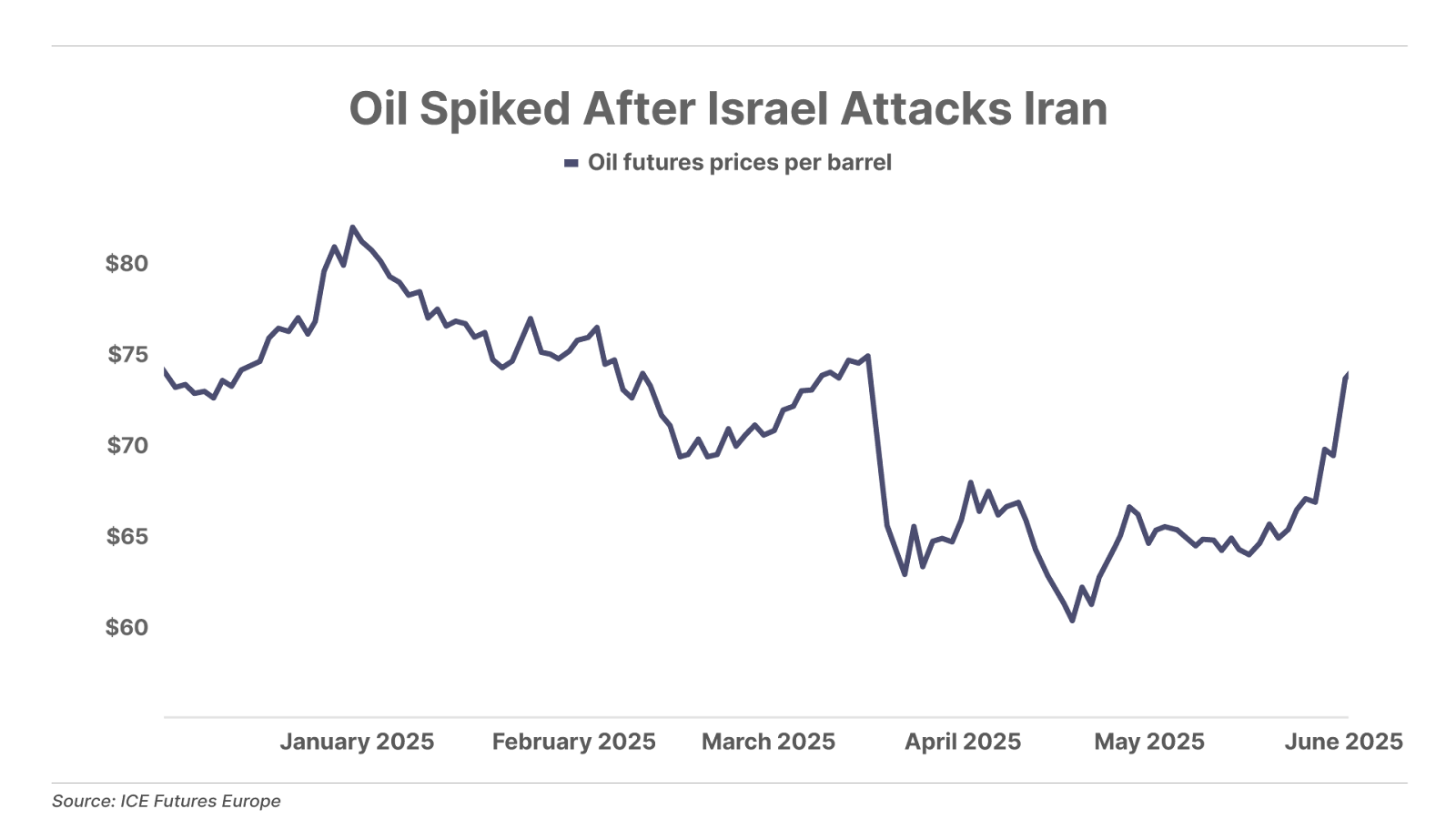
2. Gold continues to shine as a safe haven. Gold is trading more than 1% higher today – and closing in on its previous all-time high of $3,500 an ounce set in April – following Israel’s attack on Iran. Meanwhile, U.S. Treasury bonds – the other major asset that has historically behaved as a safe haven during times of geopolitical turmoil – are trading lower, with yields up around 1.50%. Gold and U.S. Treasuries began to diverge significantly following the U.S. government’s massive money-printing during COVID-19, however this divergence has accelerated under the Trump administration’s trade war as investors have increasingly moved away from U.S. assets.
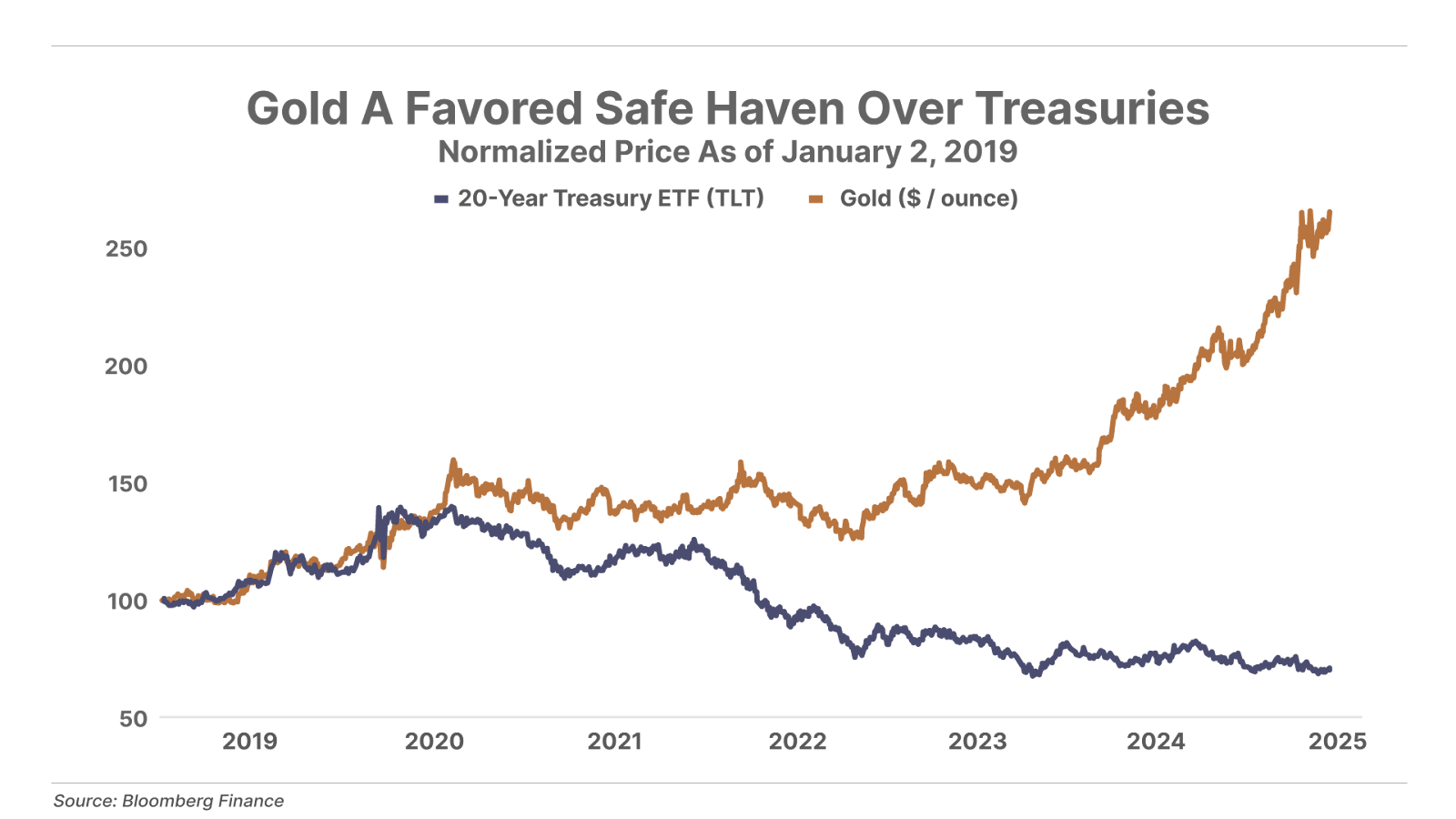
3. A growing number of young Americans are jobless. The unemployment rate for recent college graduates (ages 22-27) has risen to 5.8%, well above the overall number of 4%. Artificial intelligence may be disrupting entry-level positions – automating tasks like coding, data analysis, and administrative work – making it harder for new graduates to land jobs. Or it could be that with a slowing economy there are fewer people needed. Either way, fewer employed means less spending – posing a growing threat to consumer spending.
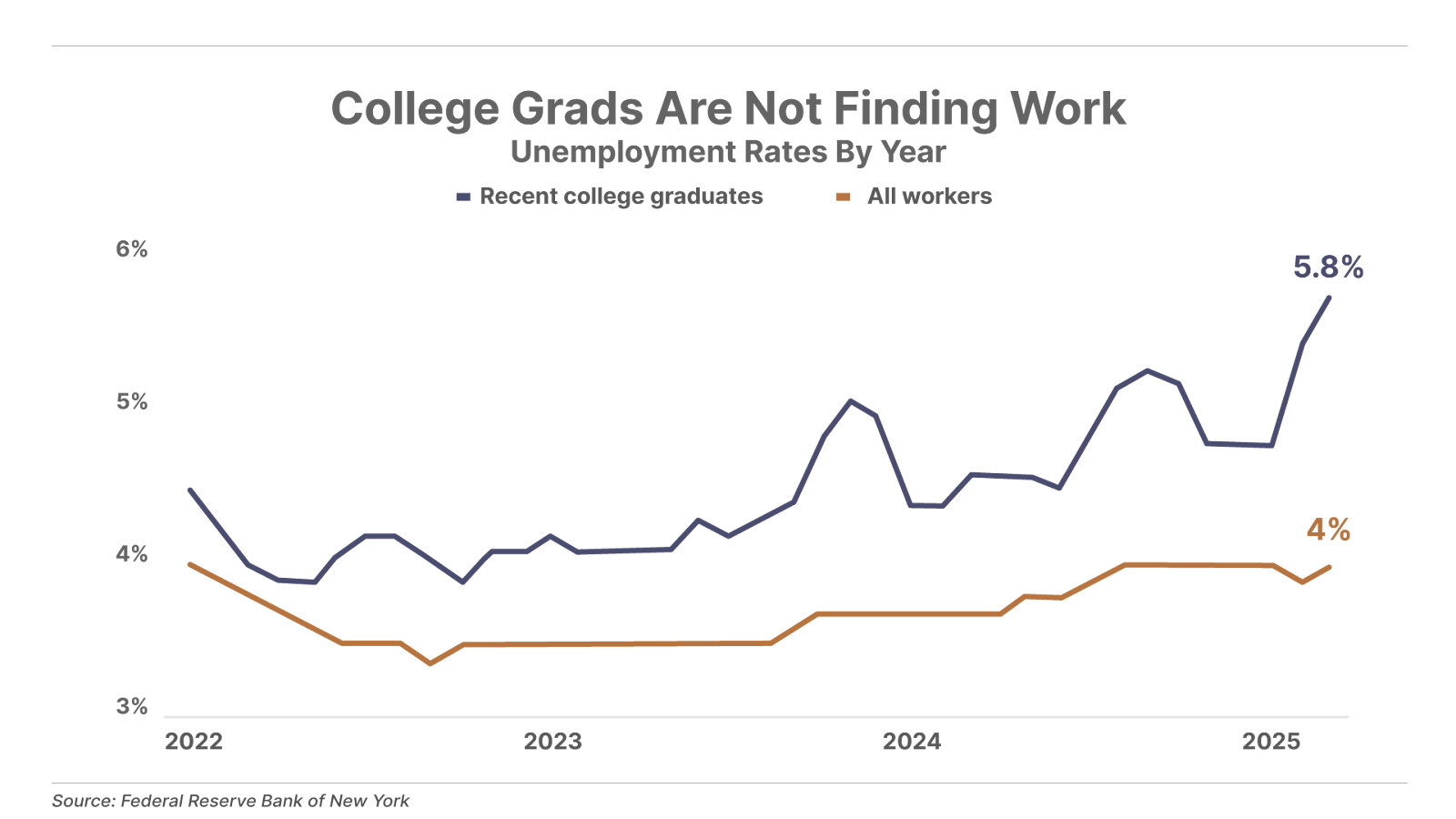
Tell us what you think. I’d love to hear from you: [email protected]
Mailbag
I am inheriting some money and am considering your recommendations in Porter’s Permanent Portfolio.
I am concerned about the 25% in cash. With the dollar dropping 46% since 2022, cash is a losing proposition.
Please comment.
Bill G.”
Porter’s comment: The cash position assures that if (or when) there’s a pullback in the market (like there was in April), you’ll have plenty of “dry powder” to allocate.
During the April correction, the average premium on junk bonds over Treasuries only reached about 700 basis points (7%).
My plan with Porter’s Permanent Portfolio is to “push” the cash into distressed corporate debt when there’s a “real” pullback in corporate debt. To me that means a 750 basis point spread (on average) between money – good corporate bonds (non-investment grade) and U.S. Treasuries.
If you’d prefer to own stocks, that’s fine too. As I’m sure you’re aware when there’s a big increase in corporate yields, the stocks will be all off their highs too.
I hope this makes sense.
Good investing,
Ross Hendricks
Houston, Texas
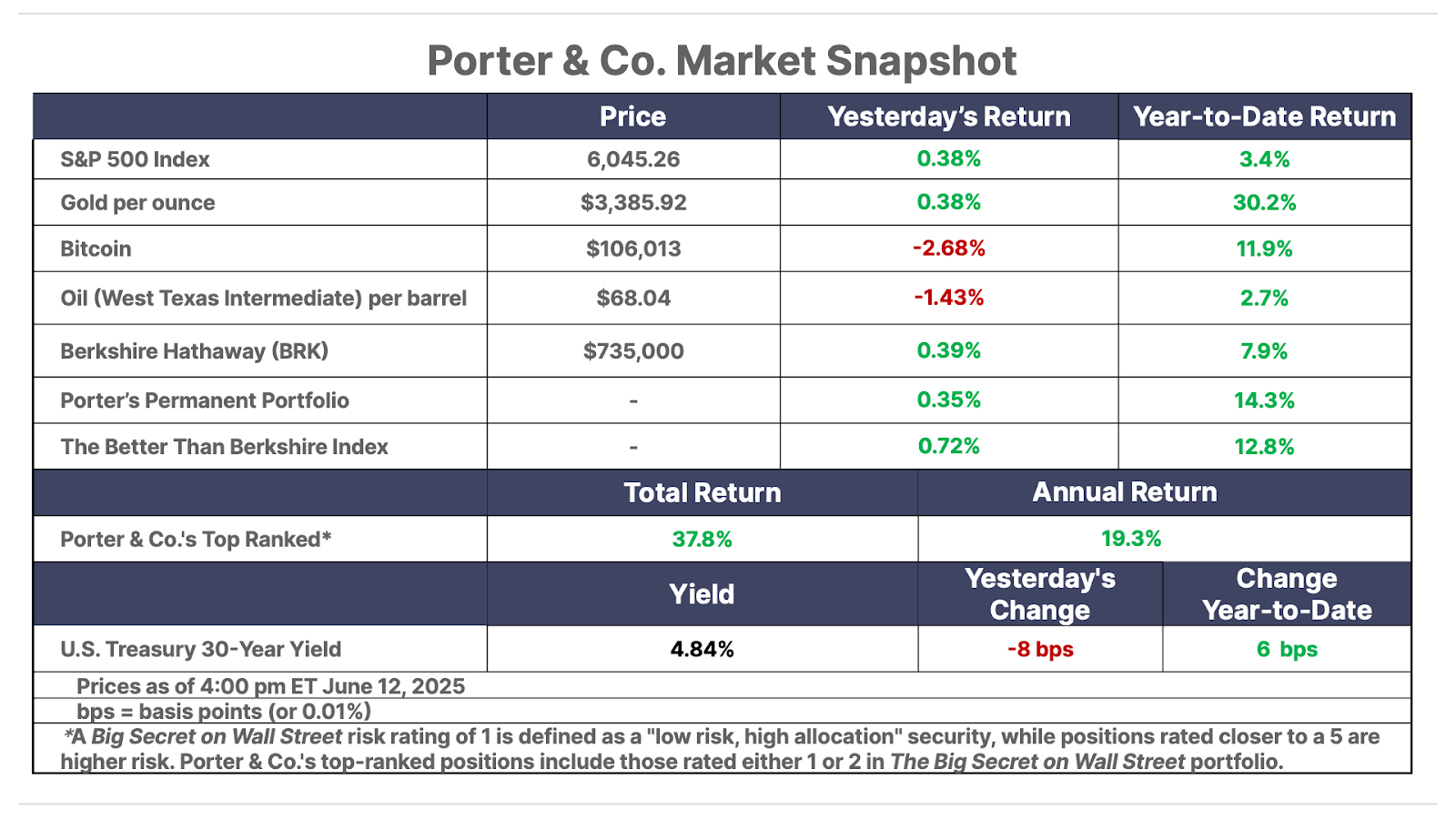

Please note: The investments in our “Porter & Co. Top Positions” should not be considered current recommendations. These positions are the best performers across our publications – and the securities listed may (or may not) be above the current buy-up-to price. To learn more, visit the current portfolio page of the relevant service, here. To gain access or to learn more about our current portfolios, call Lance James, our Director of Customer Care, at 888-610-8895 or internationally at +1 443-815-4447.
